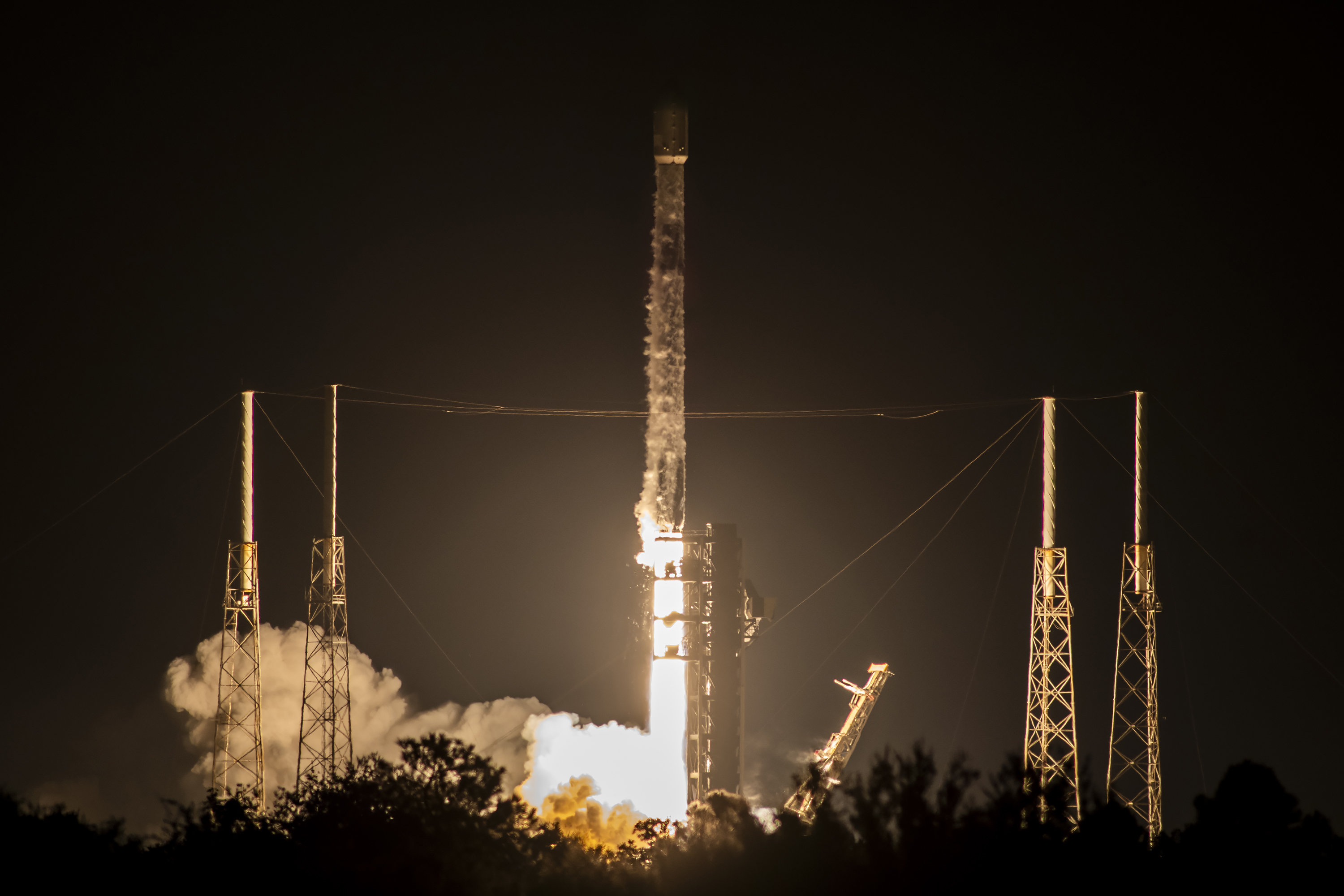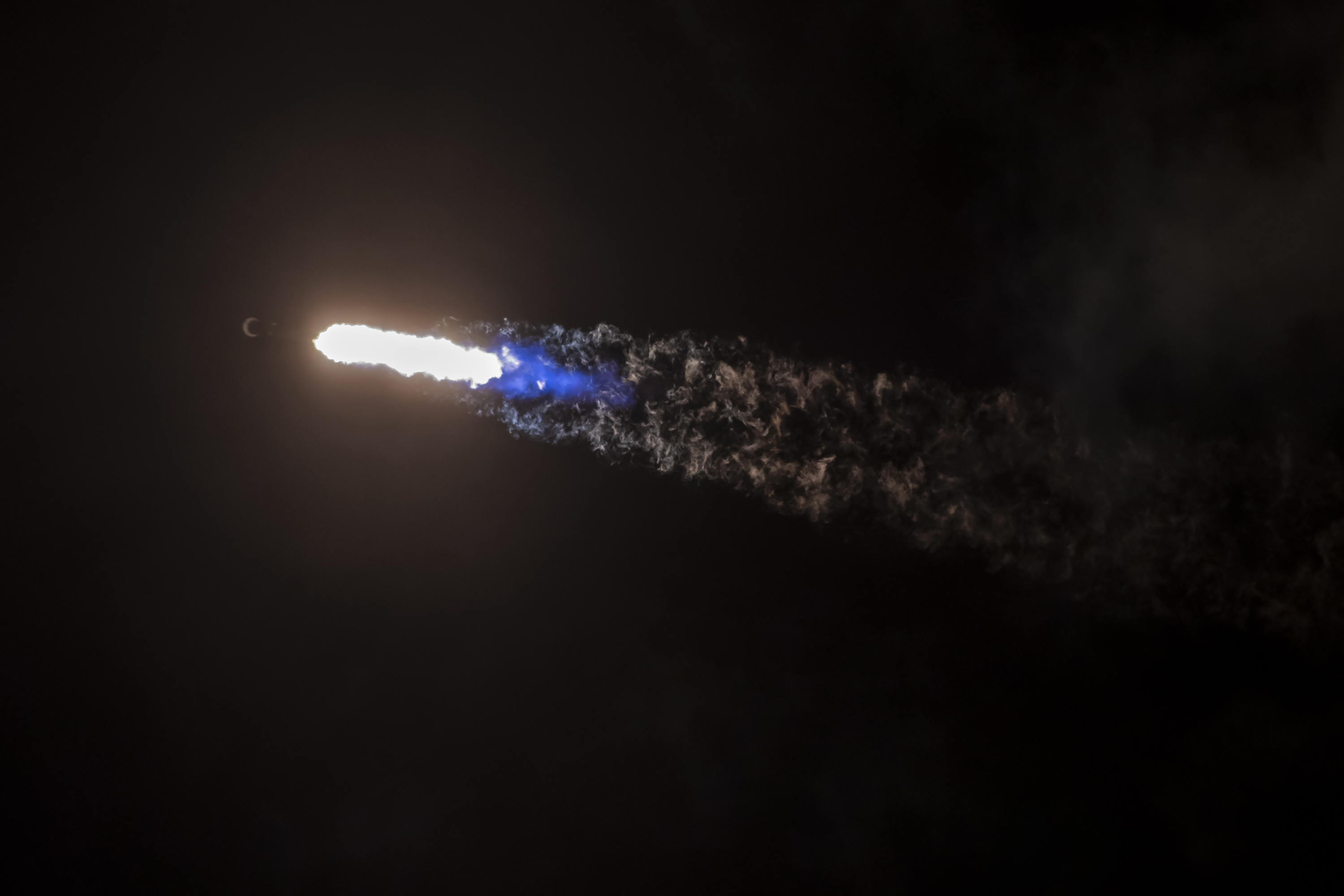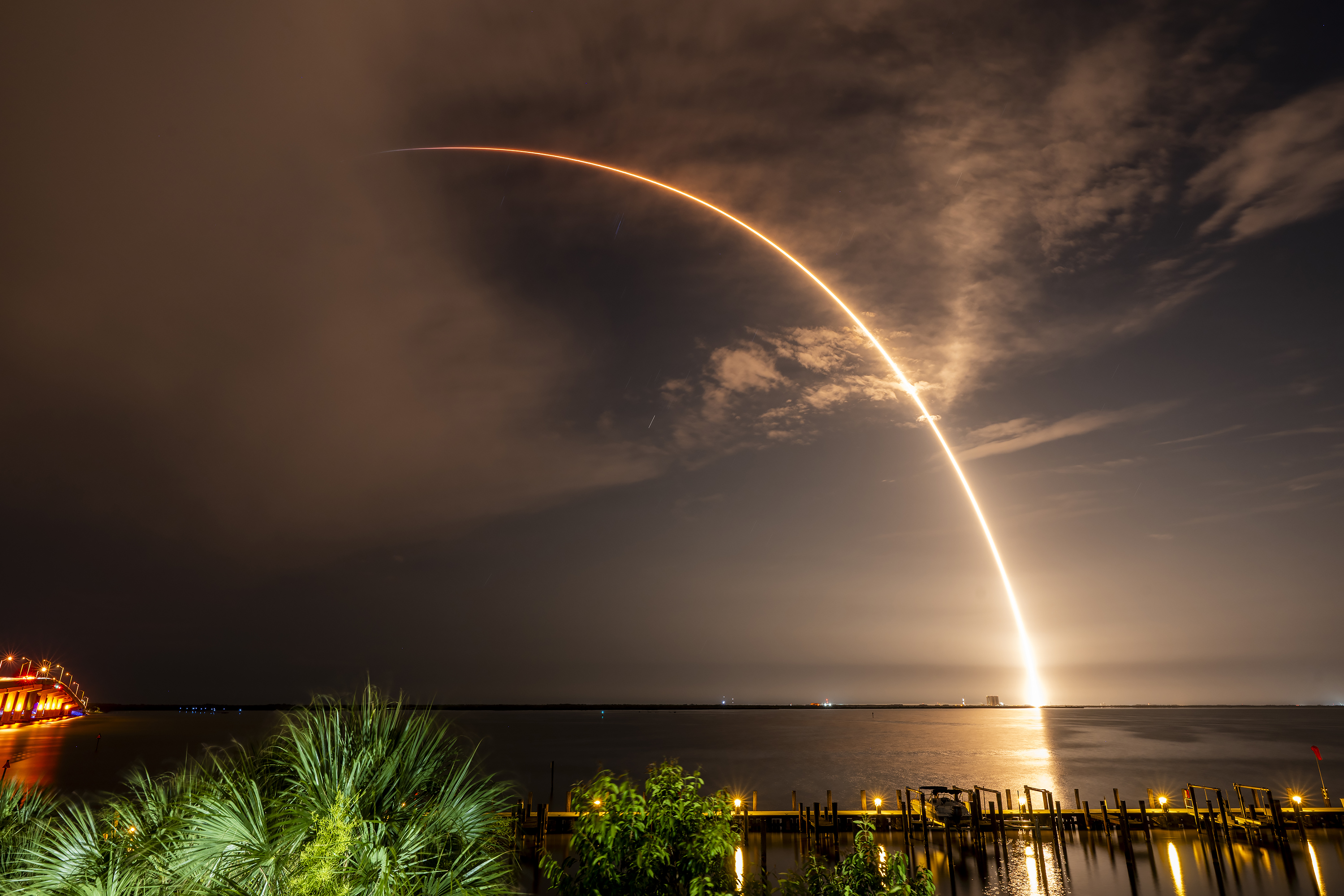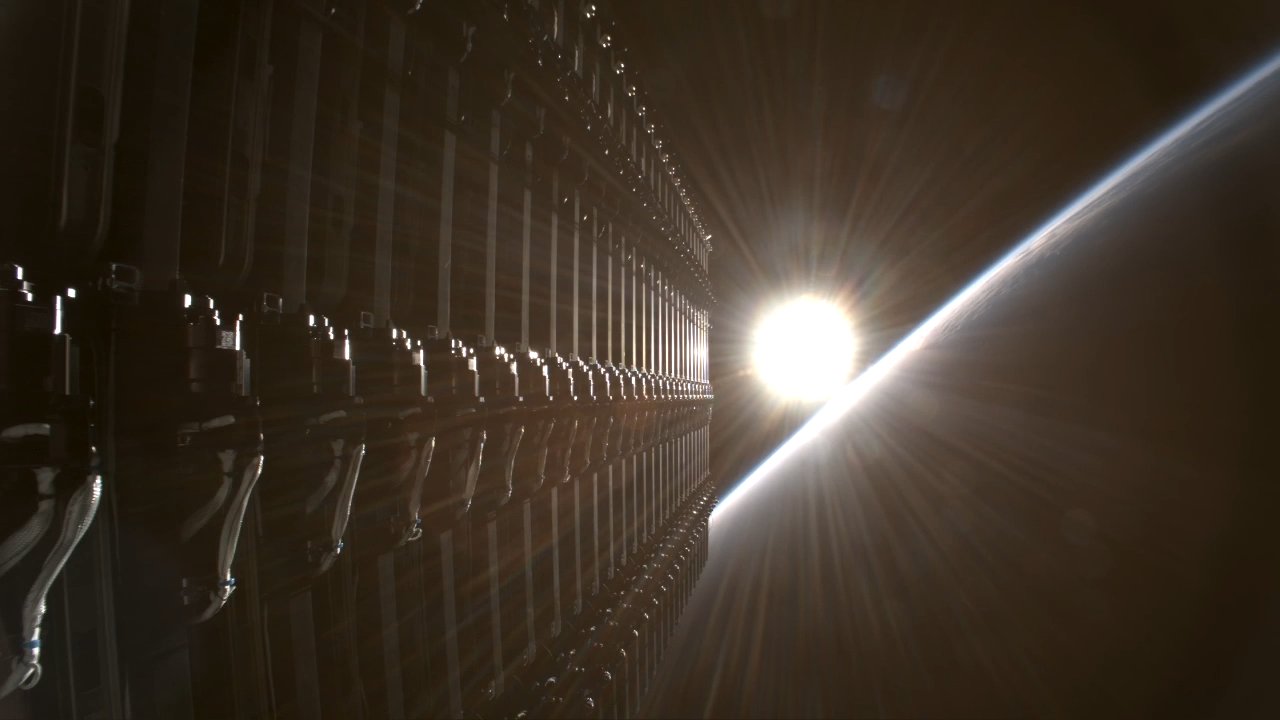Cape Canaveral, Florida — August 4, 2025 — In the early hours today, SpaceX successfully launched 28 Starlink V2 Mini internet satellites aboard a Falcon 9 rocket from Space Launch Complex 40 at Cape Canaveral Space Force Station.
Mission Highlights
-
Lift-off Time: 3:57 a.m. EDT (07:57 UTC), marking SpaceX’s 96th Falcon 9 mission of the year .
-
Payload Deployment: Approximately 64 minutes post-launch, all 28 satellites were deployed into low Earth orbit as planned Space.
-
Booster Recovery: First-stage booster B1080 landed successfully on the droneship “Just Read the Instructions” about 8.5 minutes after lift-off. It logged its 21st flight, contributing to the vessel’s 131st landing and SpaceX’s cumulative 485th booster recovery .
Strategic Significance
-
Increasing Starlink Coverage: The addition brings SpaceX’s Starlink megaconstellation to over 8,000 operational satellites, moving toward enhanced global broadband access, particularly in underserved regions Space..
-
Reliability and Reuse: The successful reuse of booster B1080 underscores SpaceX’s commitment to cost-effective, sustainable launch operations through repeated booster deployments .
-
Operational Milestone: This mission coincides with SpaceX’s 450th launch featuring a flight-proven booster—across both Falcon 9 and Falcon Heavy platforms—further emphasizing their dominance in the commercial spaceflight industry .
Summary Table
| Parameter | Details |
|---|---|
| Launch Vehicle | Falcon 9 (Block 5, booster B1080) |
| Launch Time | 3:57 a.m. EDT (07:57 UTC), Aug 4, 2025 |
| Launch Site | Cape Canaveral SLC‑40 |
| Payload | 28 Starlink V2 Mini satellites |
| Booster Landing | “Just Read the Instructions” droneship |
| Booster Flights | 21 flights |
| 2025 Falcon 9 Launch Count | 96 |
| Fleet-wide Reuse Milestone | 450th launch of a reused booster |
Broader Context
This mission follows a series of high-tempo launches from SpaceX—including a separate Starlink launch from California just hours earlier—which illustrates the company’s ability to deliver multiple missions in quick succession. SpaceX's frequent reuse of Falcon booster cores like B1080 has significantly reduced launch costs and increased turnaround speed, reinforcing their leadership in routine satellite deployment operations .












Leave a comment